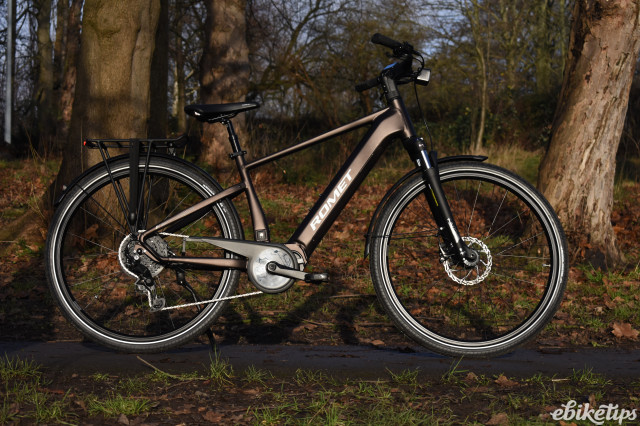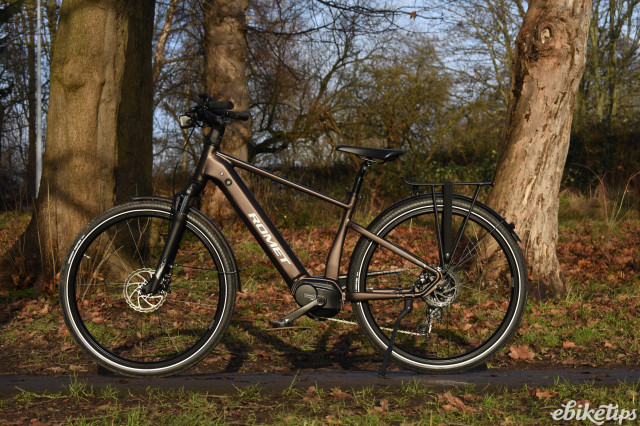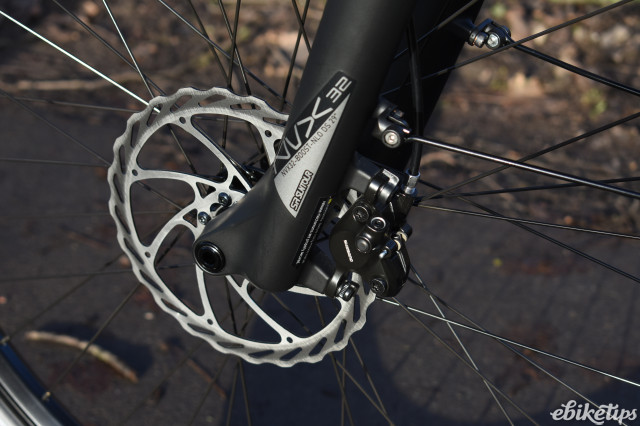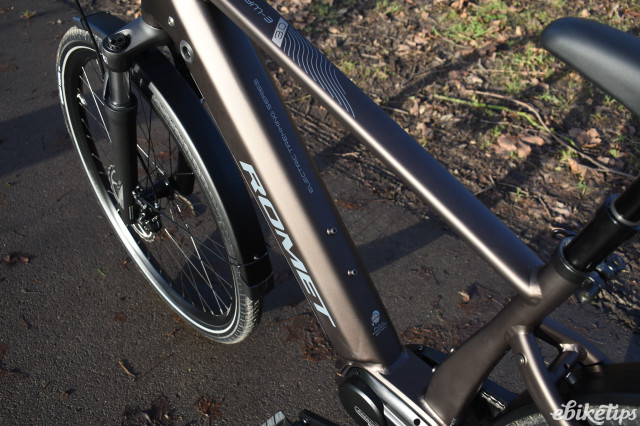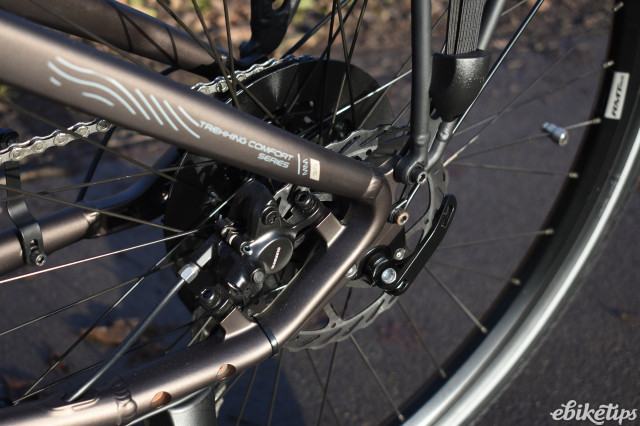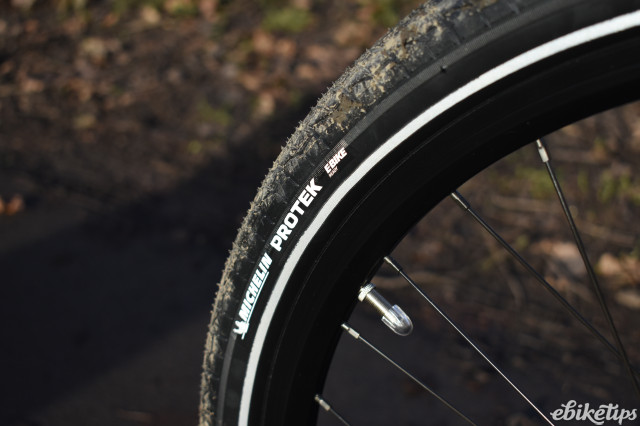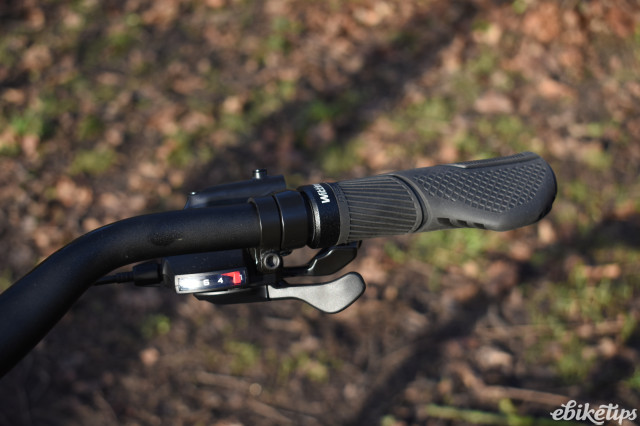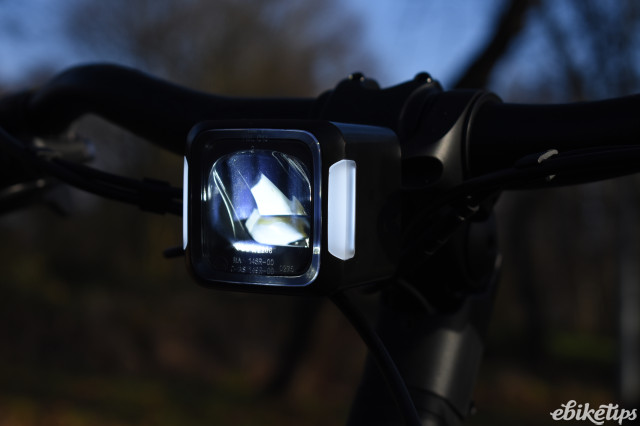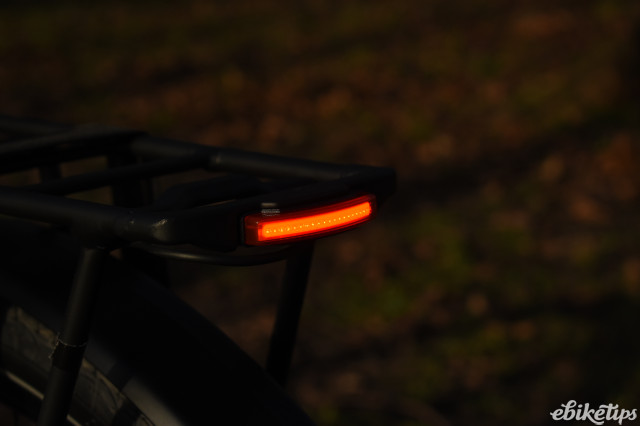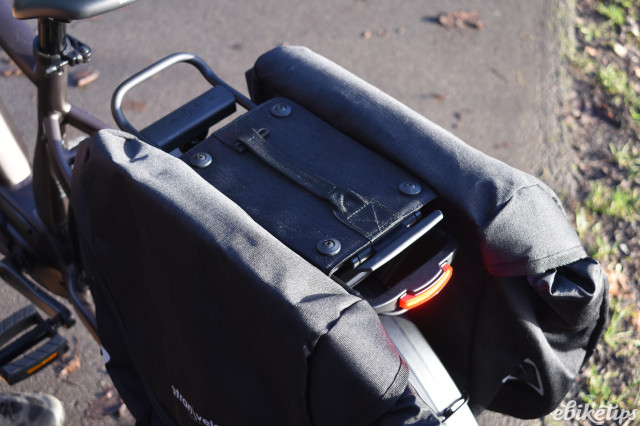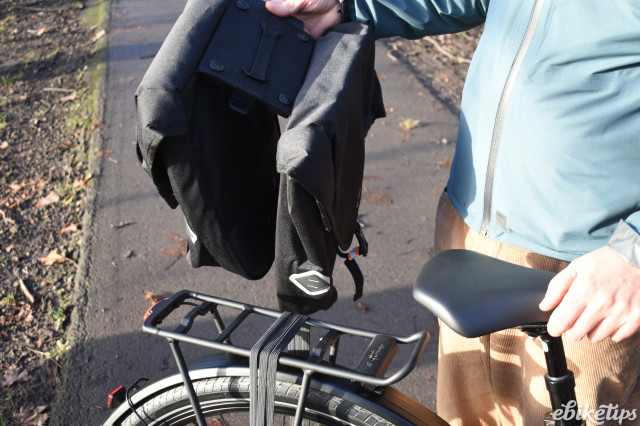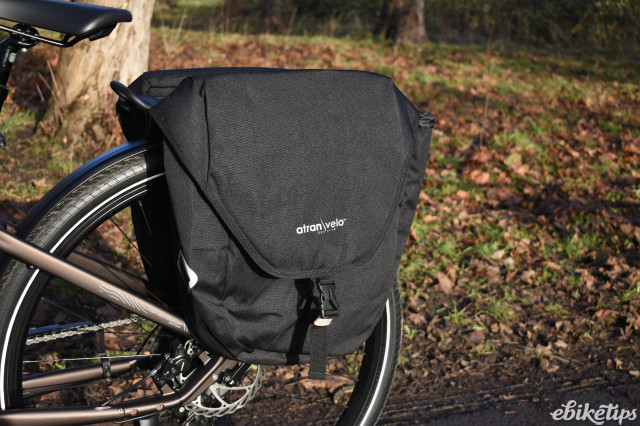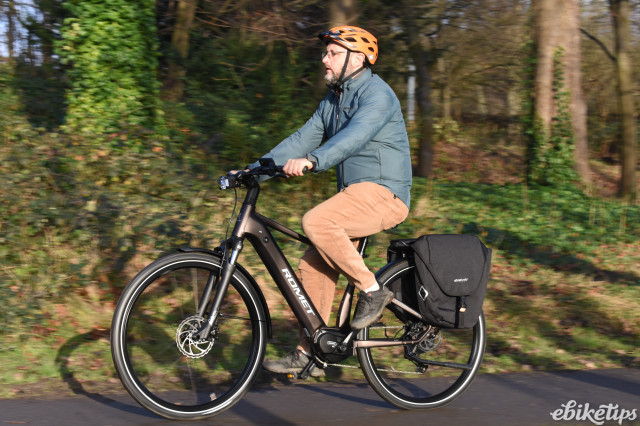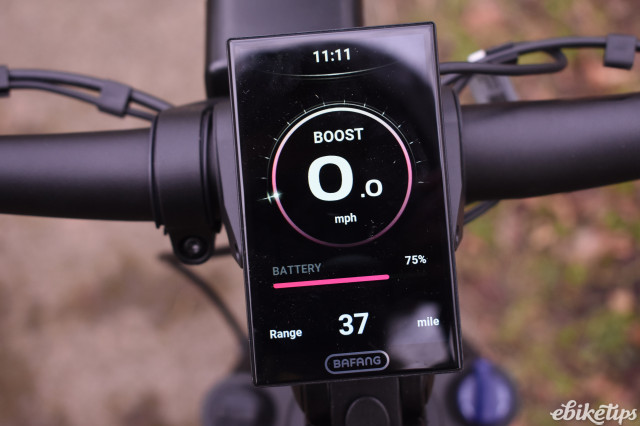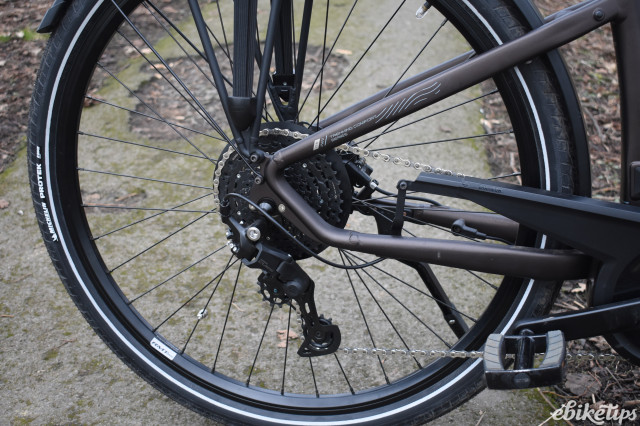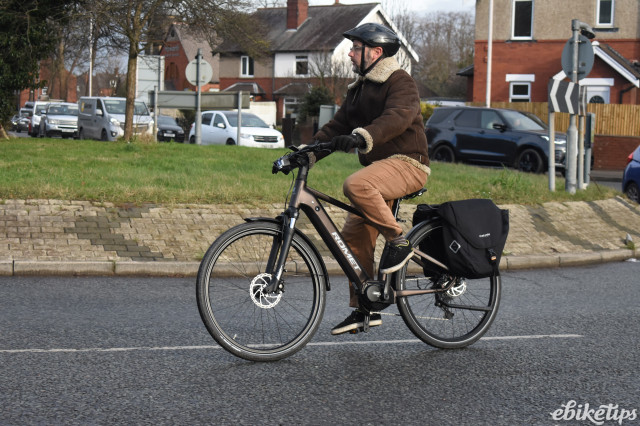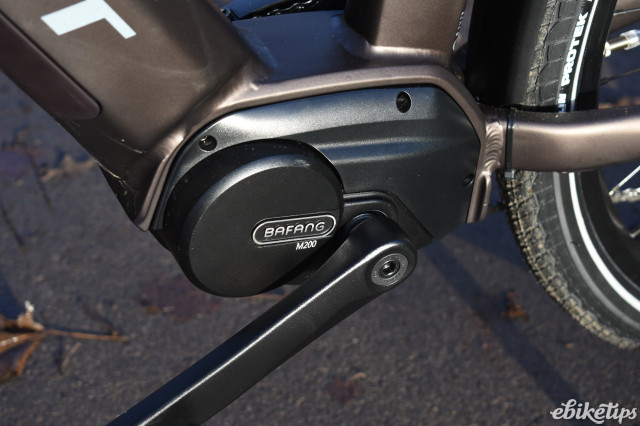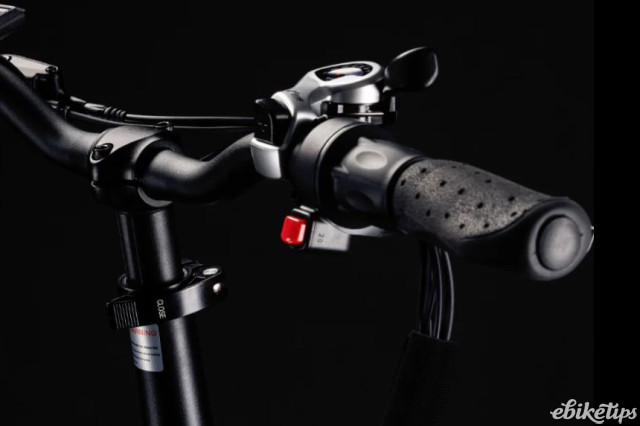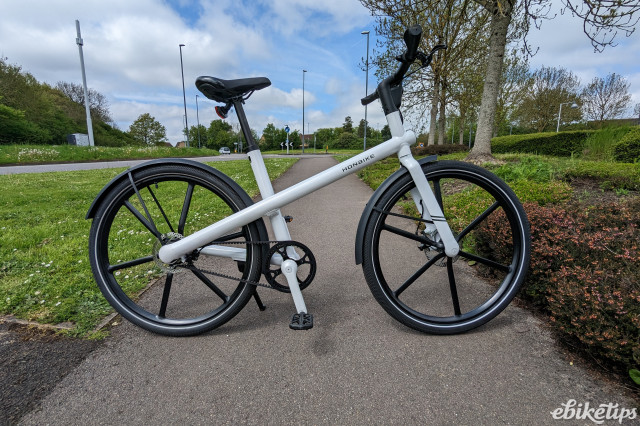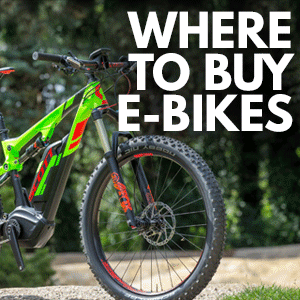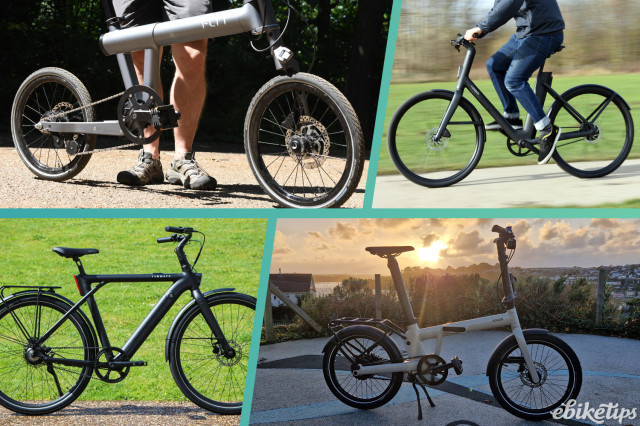Review: Romet E-Wagant 3.0
Overview
- Smooth and responsive mid-drive
- Superb battery economy
- Fully equipped and uses the versatile Atran Velo carrying system
- Mid-drive not the most powerful
- Headlight rather bulky
Although you may not have heard of Romet, they are a trusted name in Poland with a pretty long and venerable history. Romet UK managing director Adam Bisaggio explained to me that they were formed as a state-owned enterprise in 1948 and became a household name to Poles throughout the second half of the 20th century, much in the way that Raleigh were a proud symbol of home manufacturing to Brits. Romet's annual output is now around 400,000 bikes - more than 30% of Polish domestic production. They are further marked out by making their own e-bike frames in Europe, whilst the vast majority of bike frames are made in the Far East.
Romet have launched an all-new range of e-bikes for 2024 using a mix of motor systems from Bafang and Shimano. They cover the most popular mainstream designs (city, trekking and hardtail e-MTB) up to around the £3k price point, but with sale items starting at £899.
I chose a 2024 mid-priced model, the E-Wagant 3.0, with a Bafang mid-drive as it looked a good value option with promisingly capable spec.
Spec
The Wagant 3.0 is clearly a well-built e-bike with a solid alloy frame and comfortable looking upright geometry with a frame-integrated battery that easily drops out of the bottom of the downtube at the turn of a key.
First impressions based on looks are good too, with a matte-effect purple-brown paint job with the decals sealed beneath the outer lacquer. Cable runs are almost entirely frame-routed which enhances the smooth looks, even to the extent of cables being routed through the bottom of the handlebar stem which is a touch usually found on higher end e-bikes.
My loan bike came with Bafang's 'entry level' M200 mid-drive with a 65Nm rating, plus the larger 725Wh battery option. This battery adds a modest £100 to the price over the 540Wh standard offering, but it's probably not necessary unless you are doing ultra long rides, given the outstanding efficiency of the motor.
I was pleased to see Romet had gone with one of the longest standing and most trusted of battery manufacturers, BMZ. Apparently even larger capacity batteries are on the way shortly.
The Wagant 3.0 comes with just about every bit of 'extra' equipment you would want. The handlebar stem is fore and aft adjustable and there is a powerful front LED from OSRAM rated at 100 Lux and IPX5 rain-proof. On top of that, you get ergonomic grips, full length mudguards, a rear rack (with integrated LED) that offers a wide choice of Atran-Velo AVS system carrying accessories, a kickstand and a chainguard - not to mention a suspension seatpost.
At 27.6kg by my scales, it's a fairly hefty bike, but actually not far off the mark when you consider it has a big battery, a very solid frame, a not particularly light mid-drive (3.2kg) and all that equipment. It is well balanced though, so when I did need to pick it up or manoeuvre the bike, it didn't quite feel like that weight.
Test ride
The Wagant 3.0 is a very comfortable and stable ride, a product of the large and easy-rolling 29" (700 x 47) Michelin Protek tyres and the fairly upright, comfortable riding position helped by riser bars. An adjustable handlebar stem and a choice of two frame sizes (18" and 20" mean that most sizes and shapes of rider should find it an accommodating ride.
I put in a good number of miles in the West Yorkshire Pennines and the Wagant 3.0 generally performed creditably. The main point to note is that the Bafang M200 mid-drive is, as mentioned above, 'entry level'. It claims to provide 65Nm of torque, though it's subtle help up the hills - even in the top of the three power levels available. It felt more like Bosch's Active Line to me, which is rated at 40Nm torque.
That's not to say it's not a really nice motor. It's quiet, smooth and responsive to pedal pressure. Nor was it defeated by any hill I took it up, right up to some challenging 20% gradients. The speed dropped right down to 5-6mph here and I had to get out of the saddle and even got mildly out of breath - with the most powerful mid-drives you can cruise up hills like this at over 10mph without even getting out of the saddle. The Bafang M200 still provided tangible assistance - just not as much as bigger, beefier motors.
The low bottom gear of the nine-speed Shimano Cues derailleur gearing also helped get me up those daunting gradients that even fit cyclists on a non-electric bike would find very testing.
This might be a downside for some, but others might value the extra exercise and the more natural-feeling nature of the ride. On more moderate hills, and on the flat, the motor certainly gives plenty of assistance to make riding a breeze.
The big upside of the relatively modest motor assistance is that the bike sips power, meaning you will struggle to empty the battery over the course of a day's full riding (whichever capacity option you opt for). It's one of the most efficient fully-equipped e-bikes I've ridden and I felt it would make an ideal long distance tourer as you're unlikely to run out of battery power between accommodation stops.
The Wagant 3.0's touring credentials are enhanced by the fact it can tackle modestly challenging off-road tracks with the help of those 1.85" wide tyres and 80mm suspension travel from the basic but effective Suntour NVX32-Boost-NLO-DS front suspension and the equally effective suspension seatpost.
Everything else worked very well and gave the impression of a good solid spec choice that made for a very functional e-bike. The Shimano Cues gearing felt very well made and gave precise changes, being e-bike specific and made to stand up to the greater demands of having a mid-drive motor power acting on it. As you'd expect, the Shimano hydraulic disc brakes were smooth and powerful and the LED lighting was highly visible and effective.
The Bafang centre-mounted display, meanwhile, gives you the usual metrics (including the useful battery percentage left and estimated range remaining). It also has a USB charging port for smartphone charging on the go. I found this worked well and stopped the phone running down, even with GPS and WiFi turned on and operating. Compared to some others I have tried, that is impressive.
Special mention should also go to the Atran-Velo rack mounting system. At the push of a spring-loaded lever you can pop panniers on and off or if you prefer choose from a wide selection of bags, baskets and crates. Or if you have your own panniers already they may well slot onto the pannier rack.
Value for money
Romet's E-Wagant 3.0 is undoubtedly value for money. There are significantly lower-priced 'fully-eqipped' e-bikes out there using the same Bafang M200 mid-drive (like this Eskute model) but they don't have the same high level of accessories or a BMZ branded battery or the Atran-Velo luggage system.
Nor do they have a UK HQ which is here to offer parts backup and to honour the two-year warranty - which counts for a lot. I visited their UK HQ in Batley, West Yorkshire and was impressed with the investment in space and equipment at their showroom and workshop. You might find better deep discounted one-off deals right now as the post-covid e-bike industry is overstocked, but this situaton won't last forever.
EBCO's Urban 3R also uses the M200 mid-drive and is a good comparison as that is offered by a company that also has a UK HQ and a similar spec to the E-Wagant 3.0, albeit with a significantly smaller battery. We also tested their more off-roady Adventure 3R model and liked it.
Raleigh's Motus Tour uses a better known mid-drive motor from market leader Bosch but the Active Line version used here ultimately offers similar power and this bike costs £400 more than the E-Wagant. If you're happy with something with less equipment but more mid-drive power and more off-road ability than the E-Wagant then the Yamaha Crosscore RC we recently tested offers outstanding bang for your buck.
Overall though, if you are after a very well-equipped mid-drive that will get you around town or take you on long tours (and you don't need the extra oomph from a more powerful mid-drive that will likely cost you more too) then the Wagant 3.0 offers good value for money for a bike fitting that brief.
2 comments

You mention that the gearing is e-bike specific. Does this extend to integrating the power delivery with the shift actuation, such that the motor momentarily eases off at the moment of derailleur movement?
The Cues system doesn't incorporate gear change sensing - it does incorporate Linkglide changing which is there predominantly to solve the problem of crank drive e-bikes eating through traditional drivetrains where the motor power is 'downstream' of the drivetrain itself. Shimano say Linkglide is three times as durable as traditional drivetrains not designed with e-bikes in mind. It is also designed to give more precise shifting under motor load. Components are compatible between the 9, 10 and 11 speed versions making for easier servicing - for example all versions use the same 11-speed chain.
Sounds like an excellent e-bike. I like that it comes fully equipped for its intended use, with proper lights and rack rather than the usual token offering, although the mudguards could be a bit longer to actually catch all the crud. Given all the other quality attributes, the European manufacture and proper UK support (kudos for not neglecting those aspects in the review), and the cracking price, I'd have thought it merited a solid 4 stars.
You mention that the gearing is e-bike specific. Does this extend to integrating the power delivery with the shift actuation, such that the motor momentarily eases off at the moment of derailleur movement?
